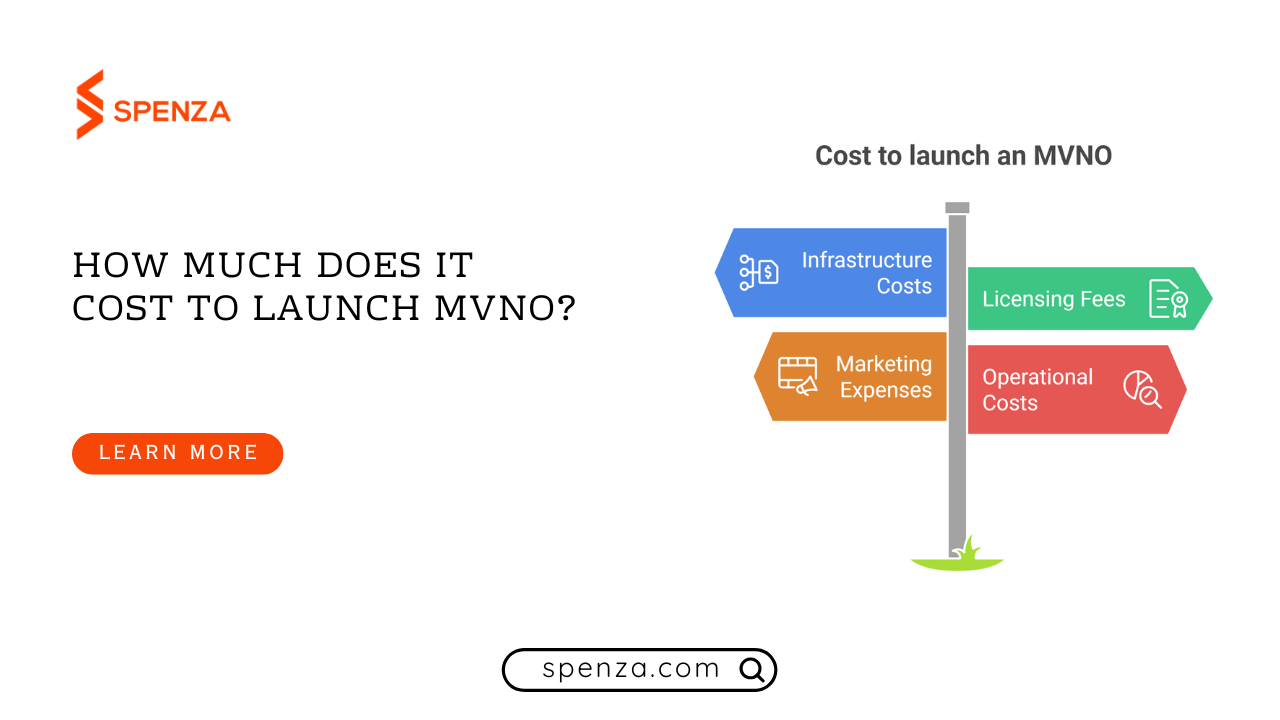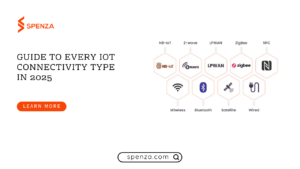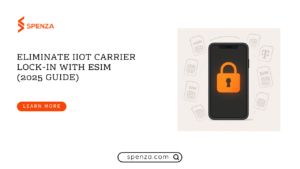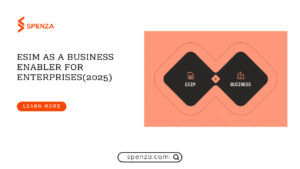Table of Contents
- Overview
- What Will You Get by the End of This Article?
- The Traditional Cost Model
- Heavy Operator Contracts and Long-Term Commitments
- The Hidden Costs: No Dashboard for Tracking
- Poor Customer Experience Platforms and Lack Of Support
- The Absence of API Integrations
- Key Factors Influencing MVNO Launch Costs
- Network Costs
- Infrastructure Investments
- Regulatory and Legal Expenses
- Branding and Marketing Budgets
- Customer Support and Operational Costs
- Case Study: Hypothetical MVNO Launch Cost Analysis
- Spenza: The Modern Solution for Launching an MVNO
- Lower Setup Costs: Thousands of Dollars or Less
- Integrated Dashboard
- Enhanced User Experience Portal
- Comprehensive API Integration
- Cost Comparison Table
- Conclusion
- FAQs
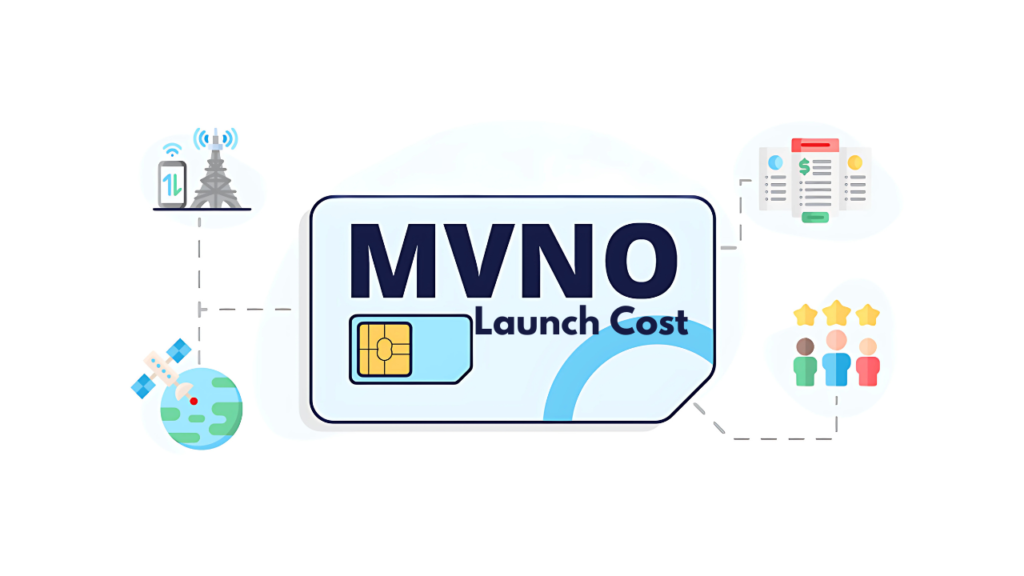
Overview
The conventional business model used by Mobile Virtual Network Operators (MVNOs) is traditional and expensive, requiring millions of dollars in initial and recurring investments. This model includes:
- Heavy operator contracts with long-term commitments
- Complex and expensive platform integrations
- Hidden costs due to the lack of an integrated dashboard to monitor performance, services and usage
- Outdated customer service platforms that don’t meet today’s standards
- The absence of essential API integrations for seamless operations
What Will You Get by the End of This Article?
What You’ll Learn:
- The cost breakdown for launching an MVNO the traditional way.
- The hidden expenses and financial realities of conventional MVNO setups.
- Key cost factors, including network, infrastructure, and regulatory fees.
- A real-world case study of a hypothetical MVNO launch.
- How modern MVNO enablement management platforms offer a cost-effective solution through lower setup costs, an integrated dashboard, and robust API integrations.
The Traditional Cost Model
Starting an MVNO via traditional methods is difficult and expensive. From network access fees and infrastructure investments to regulatory compliance and beyond, we break down the main cost drivers to expose where the expenses lie.
1. Heavy Operator Contracts and Long-Term Commitments
One of the most important aspects of the business strategy of MVNOs is the formation of agreements with established network operators.
- High Entry Fees: MVNO operators have to pay hefty upfront fees in order to gain network access and pay for the initial setup. Moreover, monthly operational costs might rise rapidly, making long-term financial management more difficult.
- Long-Term Commitments: These agreements bind MVNOs to long-term commitments, preventing early exit or changing terms. Contracts often lock operators into fixed prices and service plans, making it hard to adapt to shifting market dynamics.
- Limited Flexibility: New or smaller MVNO operators often face strict terms that favour established network operators. This increases their risk and limits their ability to operate flexibly.
2. Hidden Costs: No Performance Dashboard
Without a dashboard to track performance and usage, managing an MVNO becomes more difficult.
- Manual Data Collection: Without real-time data tracking, performance and customer behaviour must be monitored manually. This increases labour costs and the possibility of human errors.
- Inefficient Operations: This outdated approach often results in delayed responses to issues and missed revenue opportunities, driving operational costs even higher.
3. Poor Customer Experience Platforms and Lack Of Support
In the competitive telecom market, keeping customers happy is very important. However, the traditional MVNO model often fails to meet this goal. They struggle to provide the quality and support that customers expect, which can lead to dissatisfaction and a desire for better options.
- Fragmented Support Systems: Without a single, unified customer experience platform, clients deal with a confusing and disconnected support process. This can lead to more customers leaving the service.
- Higher Acquisition Costs: When customer issues are not handled efficiently, it costs more to attract and keep customers.
4. The Absence of API Integrations
In today’s digital world, APIs are crucial for smooth communication between software systems.
- Connectivity Issues: Traditional MVNO models often lack necessary API integrations. This forces operators to use manual methods for data exchange and system connectivity, which are time-consuming.
- Operational Bottlenecks: Without automation, even simple updates or integrations take a lot of time and resources, driving up costs.
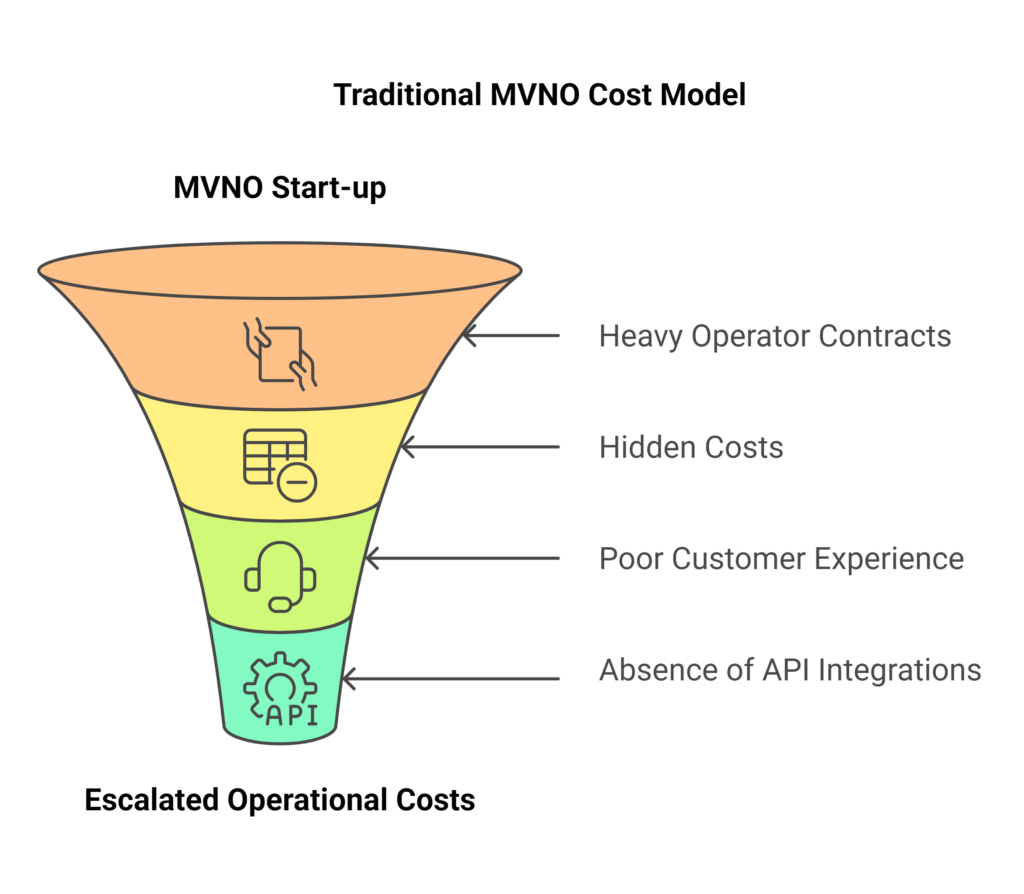
Key Factors Influencing MVNO Launch Costs
Understanding the primary cost factors is crucial for anyone considering launching an MVNO. Recognizing these factors helps explain why establishing an MVNO using traditional methods requires a large amount of capital and strong investor support. The key factors affecting MVNO launch costs are:
1. Network Costs: One of the main causes of MVNO launch costs is network fees. More than half of these costs are operator fees, which include both fixed rates and usage-based prices. For data, phone, and message services, negotiating helps to get us wholesale costs, which is essential to controlling overall expenses.
2. Infrastructure Investments: This involves developing custom software solutions for essential functions like billing, customer relationship management, and network monitoring. These solutions often require tailor-made builds to fit specific operational needs, adding to the overall cost.
3. Regulatory and Legal Expenses: Securing essential permissions and ensuring legal compliance may be time-consuming and expensive. Also, constant legal consultations and the expense of acquiring regulatory permits can greatly affect the final budget for operating an MVNO.
4. Branding and Marketing Budgets: It costs a lot of money to create significant brand awareness through carefully designed marketing campaigns and public relations initiatives. A big marketing budget is important to drive efficient customer growth.
5. Customer Support and Operational Costs: Establishing a customer service platform with multiple support channels is essential. Hiring and training skilled staff to manage operations and ensure quality customer interactions contribute to ongoing, recurring costs.
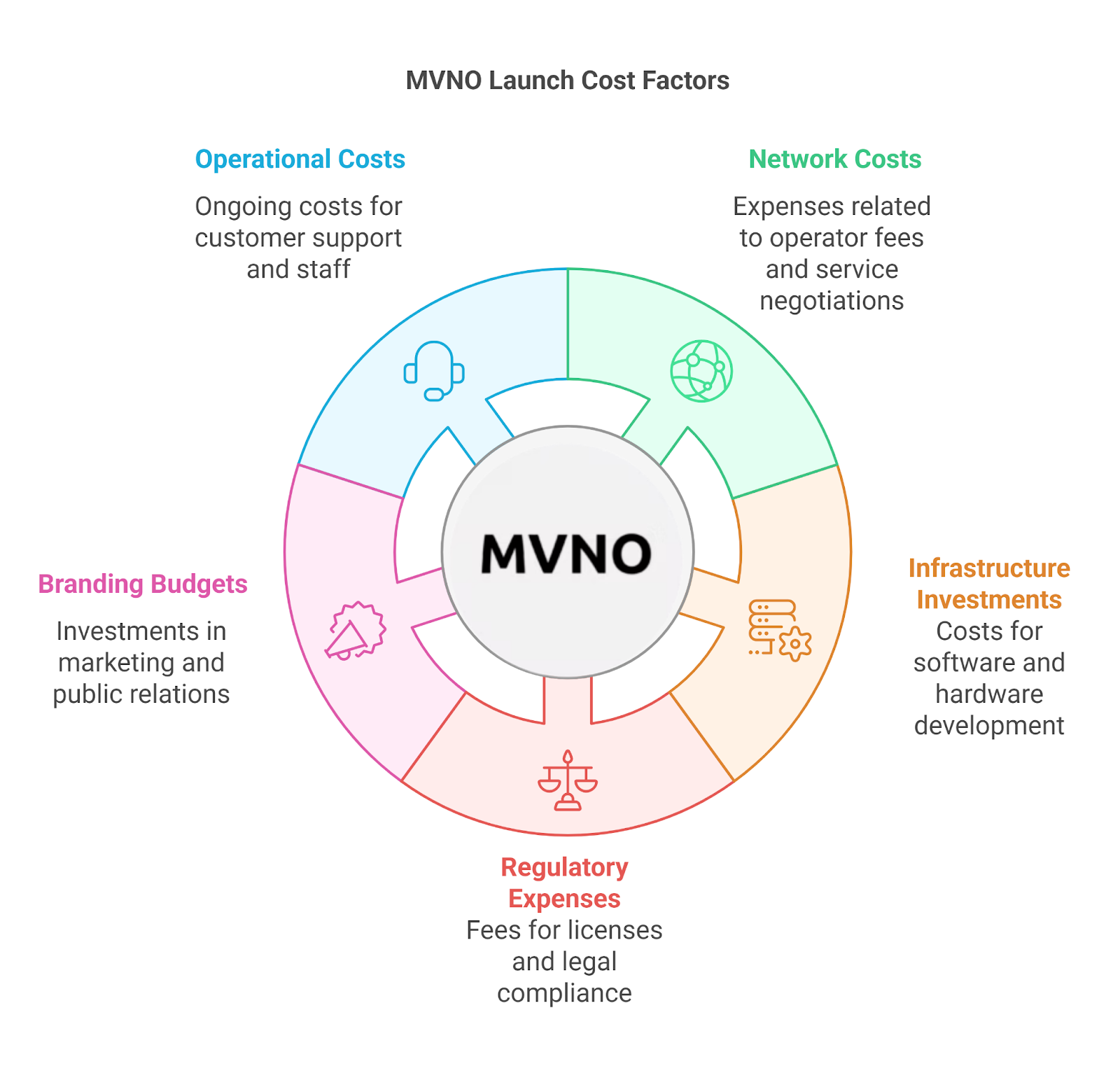
Case Study: Hypothetical MVNO Launch Cost Analysis
In this hypothetical case study, we explore the approximate cost of launching an MVNO using traditional methods.
- Operator Contracts & Licensing: $0.6 – 1 million upfront
- Platform Development and Integration: $1 million upfront
- Initial Marketing and Branding: $500,000 upfront
- Monthly Operational Costs: $200,000 per month
- Annual Total (excluding one-time costs): $2.2 million
Traditional MVNO could easily require an investment of over $5 million in the first year alone, with continuously high monthly expenses. Source
Spenza: The Modern Solution for Launching an MVNO
Due to the high financial risks associated with traditional methods, Spenza offers a modern solution that significantly lowers the cost of launching an MVNO while making the process simpler and faster.
1. Lower Setup Costs: Thousands of Dollars or Less
Spenza’s technology is built for cost-effectiveness, allowing you to establish your MVNO for hundreds of dollars rather than millions. Our standardized solution offers predictable and transparent pricing, greatly lowering the barrier to entry.
2. Integrated Billing
One major limitation of traditional models is the absence of integrated billing with connectivity management platforms. Spenza addresses this issue by providing integrated billing that enables real-time plan creation, cost allocation, invoice generation, and payouts to operators. This unified view allows you to eliminate manual invoice reconciliation and effortlessly track every aspect of your operations.
3. Enhanced User Experience Portal
Spenza’s enhanced user portal streamlines daily tasks by simplifying processes and reducing the need for extensive training. This not only minimizes manual errors but also leads to significant cost savings, making overall management more efficient and effective.
4. Comprehensive API Integration
Modern MVNOs need seamless integration with numerous third-party platforms to achieve optimal efficiency. Spenza’s powerful APIs automate processes such as billing, CRM, and payment processing, reducing manual effort and boosting operational efficiency with a lightweight ERP solution for MVNOs. Its broad integration framework is designed to offer a lightweight ERP for MVNO operations, delivering a future-proof approach that ensures efficiency and cost-effectiveness over the long term.
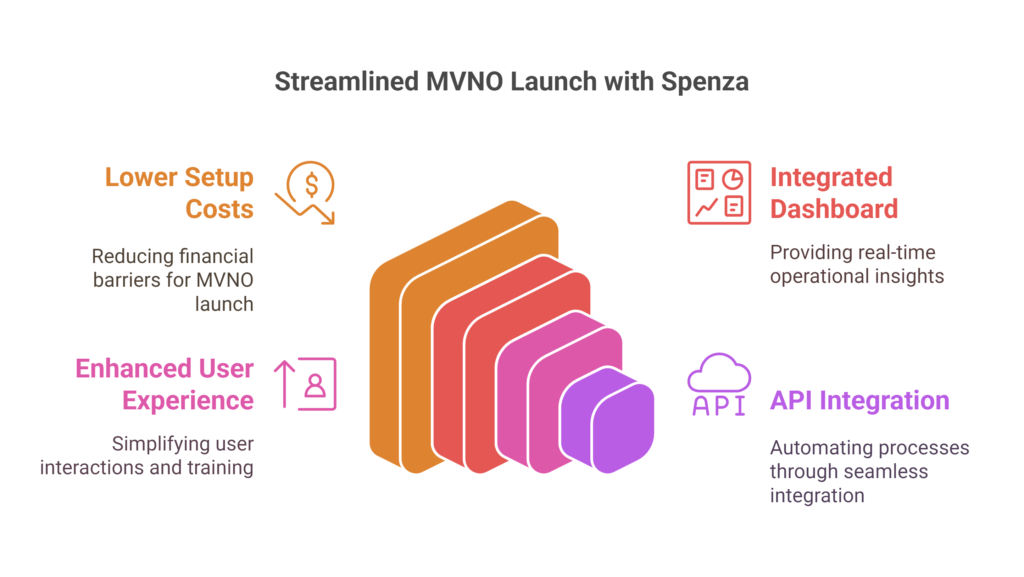
Cost Comparison Table
Below is a simplified cost comparison between the traditional MVNO launch model and Spenza’s modern solution:
| Cost Component | Traditional MVNO | Modern Alternative (Spenza) |
|---|---|---|
| Initial Setup | Requires millions of dollars for custom development, licensing, and hardware. | Costs in the thousands due to a standardized, ready-to-deploy platform. |
| Operator Contracts | Involves long-term, high-cost agreements. | Offers flexible and cost-effective contractual options. |
| Platform Integration | Custom-built integrations that are expensive and complex. | Features an integrated dashboard with built-in API integrations. |
| Customer Support | Fragmented support leading to high operational costs. | Centralized support portal with an excellent user experience (UX). |
| Dashboard & Tracking | Relies on manual processes with hidden costs. | Provides a real-time, integrated dashboard for streamlined tracking. |
| Operational Costs | High monthly fees and expensive maintenance. | Lower recurring fees powered by a modern, scalable platform. |
Conclusion
Starting an MVNO using the traditional approach can be costly and challenging. This often includes expensive agreements with operators, customized integrations, and hidden costs resulting from outdated tracking and support systems. These factors can rapidly raise the expenses to millions of dollars. Companies and new entrepreneurs should carefully check these issues when choosing to establish an MVNO.
FAQs
Traditional MVNO setups can cost millions of dollars to start. This is because of the need for extensive infrastructure, custom platform development, long-term contracts, and ongoing operational costs.
Without robust API integrations, MVNOs have to manage data exchanges and system updates manually. This results in higher labour costs, increased risk of errors, and slower responses to market changes.
Spenza significantly lowers the MVNO launch cost by offering a standardized, integrated platform with an all-in-one connectivity management platform with integrated billing, dashboard, automated API integrations, flexible operator agreements, and lower upfront and recurring investment requirements.
Spenza’s real-time tracking dashboard provides MVNO operators with centralized visibility into performance, billing, and customer data.
Spenza provides robust API integrations that automate key processes and offer a unified customer support portal. This ensures efficient issue resolution and a superior user experience.
Are you ready to transform your MVNO launch strategy? Don’t let the high costs of traditional methods hold you back. Visit Spenza now to unlock the potential of a modern, scalable MVNO solution.
